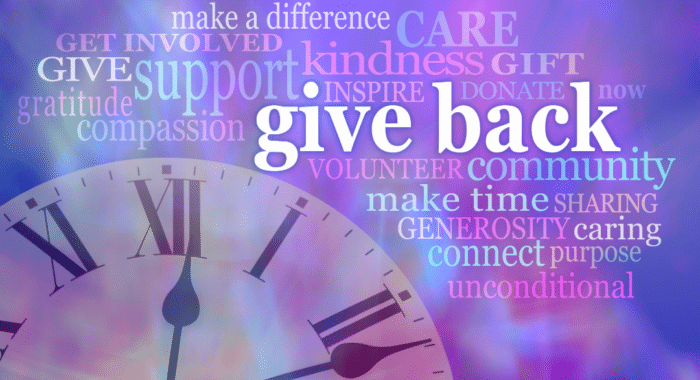


Friday, November 12th, 2021
by Maegan Vallejo, SVP Boulder County Giving Committee
When I first started out in my fundraising career in the late 2000s, one of the hot topics in the sector was whether nonprofits should participate in social media. Seriously. Erik Qualman’s book Socialnomics: How Social Media Transforms the Way We Live and Do Business was a big deal at the time.
It sounds silly now, but it was a serious topic then, even ruffling some feathers on staff and boards between those who saw the value and potential of social media, and those who thought it was a waste of time. Just another passing fad.
After a year like 2020, in which things that were once considered fads became mainstays for so many—Zoom meetings and working remotely, for example—how can we decide what will continue beyond this year and truly shape our sector?
Let’s take a quick look at the Giving USA numbers. While giving increased in 2020 to $471 billion, if we take out Mackenzie Scott’s $5.9 billion contributions, individual giving actually decreased by 0.8%. If we look at the breakout of where the $471 billion were directed, the biggest growth at 15.7% was seen in “Public-society benefit”—a category that is predominately comprised of donor-advised funds.
These two stats together mean that big philanthropy is shaping our sector in ways that we may not have realized.
What was once a novel idea—diversifying one’s donor base—is now something that has grown into a movement called Community Centric Fundraising (CCF). CCF has become a lot more than diversity as it addresses the oppressive practices we employ in philanthropy by promoting nine principles that are grounded in social justice and equity. After 2020, if a philanthropic organization is not having serious discussions about implementing CCF’s principles, they may soon find themselves the exception (91% of donors think a nonprofit’s commitment to diversity, equity, and inclusion is important). It’s sort of like being the one nonprofit today not participating in social media.
So, if nothing else for these last two months of 2021, focus on what you can. Perhaps it’s familiarizing yourself with CCF’s principles, if you haven’t already, and starting conversations with your staff and board. Think about a thank-a-thon for donors of all amounts, (donations of less than $250 grew by 15.3% in 2020) or for all of your organization’s volunteers. Consider revisiting your year-end communications to ensure you’re using asset-based language.
If you’re a donor, review CCF’s principle as well. Equitable change in the philanthropic sector is not going to come from the organizations alone. If you have a donor-advised fund, think about increasing your spend out amount—take a look at #HalfMyDAF. If possible, consider setting up monthly donations to your top nonprofits. Monthly giving helps make more of a lasting impact than one-time donations—no matter the amount that you’re able to give. Perhaps most importantly, start talking with some of your favorite philanthropic organizations about what they’re doing to address diversity, equity, and inclusion both in their external work and within their internal practices. Let them know how important this work is to you.
Just as “tweet”, “followers”, and “hashtags” have become part of our lexicon, it’s not too late to make sure that the ideas and actions of diversity, equity, and inclusion become a part of our everyday as well. #equityisnotafad